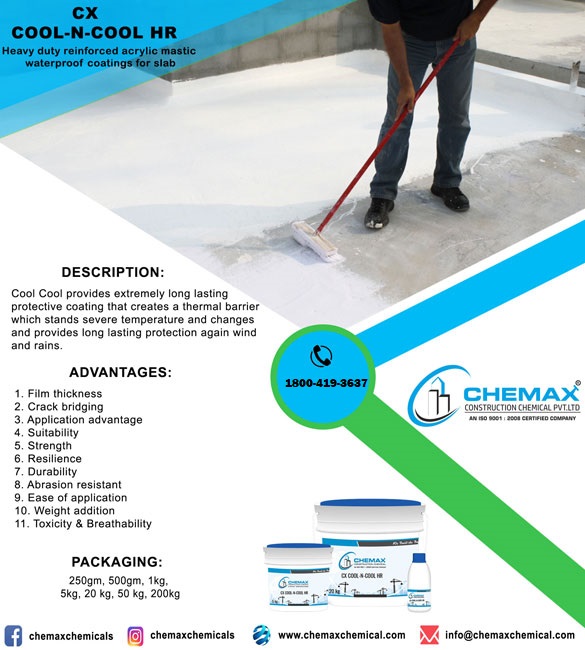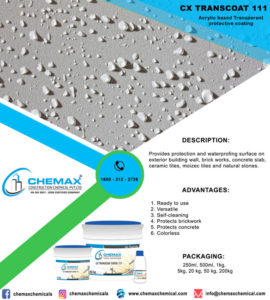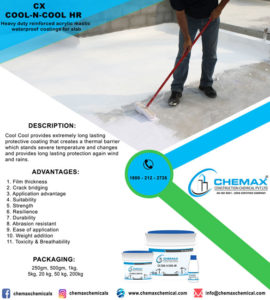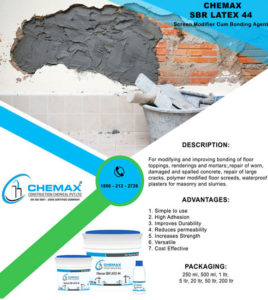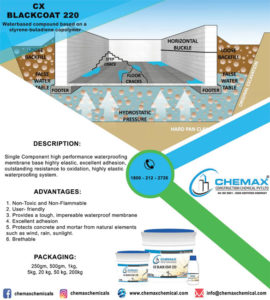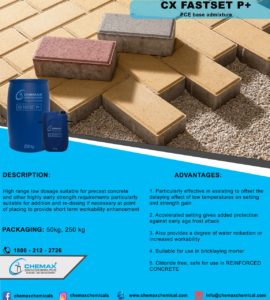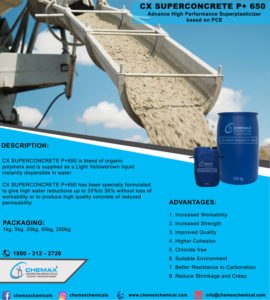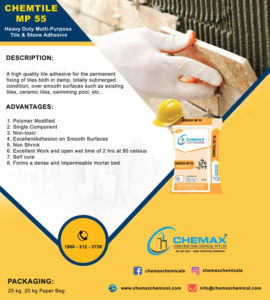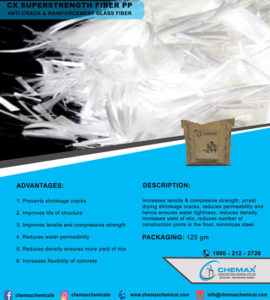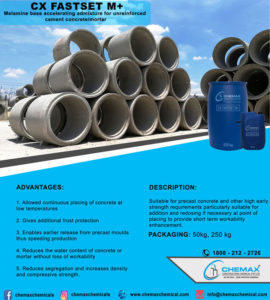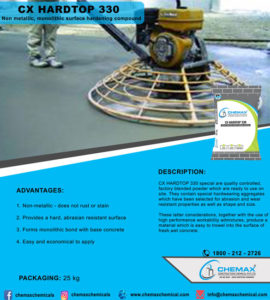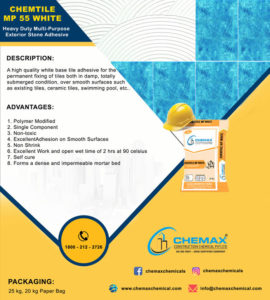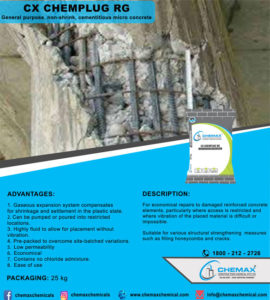A home is an expression of the people who live there as well as their address. The feelings and experiences a family has in a house are what define it as a home. It is about creating a space where people feel joyful, content, and safe in every way—not simply about erecting walls, ceilings, and floors. While maintaining perfect aesthetics is usually the top concern when building or planning any project, if adequate roof waterproofing isn’t taken into account, these aesthetics could always be compromised. Water can seep into the structure and weaken it by corroding the reinforcing bars.Overflowing water seepage can cause paint flaking, short circuits, fungal development, and other problems that lower the intrinsic value of residential property.
Many of these problems are easily resolved if an appropriate roof waterproofing system is chosen during the framing phase. In this situation, the mother slab can undergo waterproofing treatment. A layer of cement concrete, 15-20 mm thick, can be applied to cover the waterproofing. When faced with concerns about water seepage in a roof that has already been cast, clients are naturally leery of laborious civil works. The requirement for this has given rise to exposed waterproofing membranes of today. These membranes create a sturdy and aesthetically pleasing water-resistant rooftop because they are incredibly flexible, UV resistant, and able to withstand human traffic.
Let’s examine the considerations to make while choosing an appropriate roof waterproofing system so that we can better comprehend the procedure.
• The state of the foundation surface
· Addressing current fissures
• Whether visible waterproofing or under-tile waterproofing
• The roof waterproofing membrane’s flexibility, or elastomeric property
• Traffic on the roof anticipated
• The kind of membrane used for waterproofing
1. Condition of the base substrate
It may be necessary to apply waterproofing membrane to a variety of substrates, including surfaces made of tiles, china chips, concrete, moisture, moss, and fungi, among others.
Different surfaces have different levels of roof waterproofing adhesive, which might result in different end-user experiences. A suitable primer and surface preparation as advised by the manufacturer are essential for attaining enough adhesion to the base substrate and ensuring uniform operation.
2. Treatment of existing cracks
Pre-existing fissures serve as access points for water to easily leak from roofs onto interior walls and ceilings, which can eventually cause the growth of fungi and the peeling of paint layers.
Cracks need to be filled with polymer-modified cement putty using a squeeze bottle after being opened with a mechanical grinder or chisel and hammer. Give the filled cracks a full day to dry.
3. Whether it is under-tile waterproofing or exposed waterproofing
Nowadays, there are numerous types of waterproofing membranes available. Every waterproofing membrane has a certain environmental suitability.
On the base concrete or mother slab, an under-tile waterproofing membrane is put, and it is covered with tiles, concrete, or china chips. Waterproofing membranes under tiles can be less expensive and more prone to piercing. However, finding the source of damage in the event of a leak might be challenging, and the entire procedure might need to be repeated.
Modern roof waterproofing materials are incredibly flexible, resilient to UV rays, and unaffected by frequent human contact. These membranes have the benefit of being relatively easier to install and eliminating laborious civil works. If anything is damaged, it is simple to fix.
4. Elastomeric property (elasticity) of the waterproofing membrane
The ability of flexible waterproofing membranes to adjust to temperature changes is superior. Acrylic and polyurethane-based waterproofing offer superior elastomeric and UV stability and can be used in exposed circumstances, whereas cementitious waterproofing membranes are stiff and suitable for under-tile waterproofing or in regions with little rainfall.
Any waterproofing system has an elastomeric feature that is valid for a specific thickness. Properties may be negatively impacted by dilution of a membrane, applying at a lower film thickness, or applying fewer applications. In all cases, one should steer clear of such activities.
To guarantee that there is no water buildup or puddling, the correct slope towards the drain pipes must be maintained prior to installing a roof waterproofing membrane.
5. Expected traffic on the roof
The anticipated surface roughness and the traffic or movement on the floor must be taken into account in addition to the suggested thickness or number of coats to be applied in accordance with the manufacturer’s recommendations. The membrane needs to be impervious to traffic and shouldn’t rip as a result of moving vehicles.
Cementitious membranes are not as resistant to abrasion as polyurethane membranes. For areas with regular traffic, such as podiums and running paths, acrylic counterparts are perfect. For non-traffic areas, such as a building’s external walls, acrylic waterproofing membranes can be an affordable and long-lasting solution.
6. Type of roof waterproofing membrane
When choosing waterproofing membranes, consideration should be given to the weather, usage patterns, temperature swings, rain, durability, and desired aesthetics. Reading through product material is essential if you want to know the advantages and restrictions of a waterproofing system.
Finally, it should be noted that liquid waterproofing systems are typically sprayed in layers. The technique that guarantees consistent thickness and performance across the entire applied area is layer application. The roof waterproofing system can protect the home’s appearance for many years to come, provided that the fundamentals of product application and selection are properly followed.
The saying “Home is where the heart is” is one that we have all heard. What does your heart say, then, about the house you are attempting to build for the lovely.

